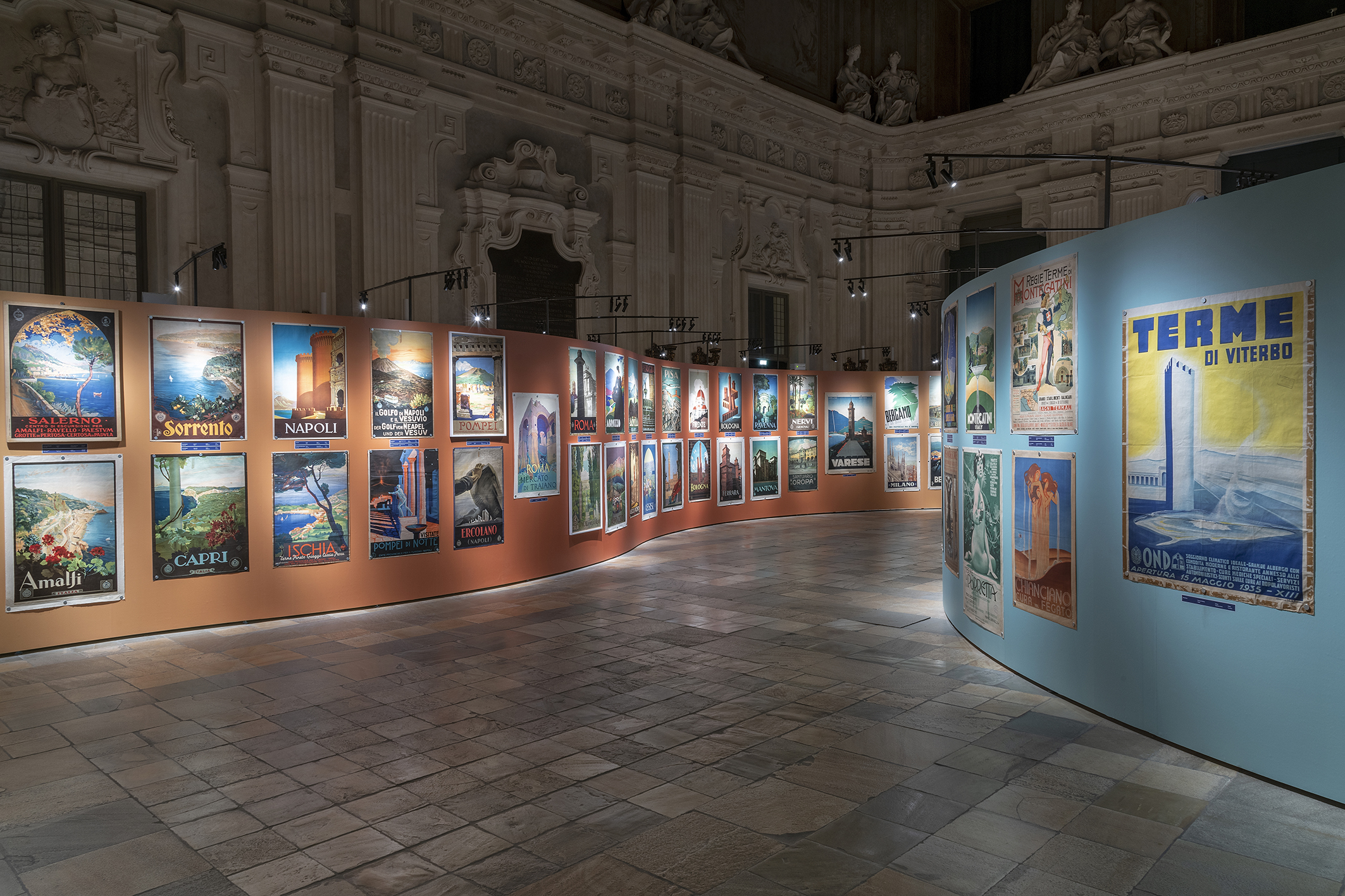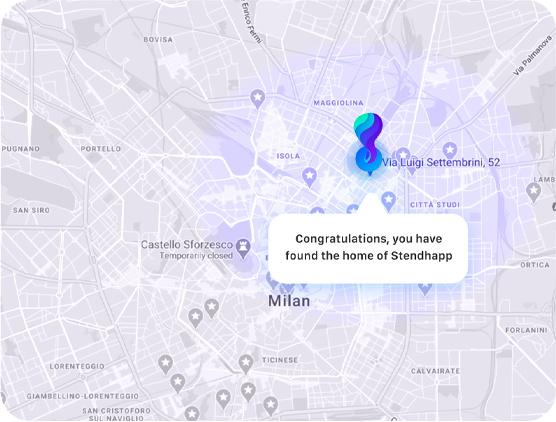Conversation with Giovanni Carlo Federico Villa, director of the Museum of Palazzo Madama
In the heart of Turin, Palazzo Madama is hosting a surprising and engaging exhibition, Visiting Italy. An exhibition not only collecting vintage posters, but also inviting visitors on a visual journey through the Italy of tourism as it was imagined-and desired-between the late nineteenth century and the mid-twentieth century.
More than two hundred original posters, accompanied by guidebooks, brochures and promotional materials, narrate not only the beauty of the Italian landscape, but also a specific cultural project: to build, through image, a national identity. Such an exhibition we certainly could not miss. We met with Giovanni Carlo Federico Villa, director of Palazzo Madama and curator of the exhibition, to delve into the meaning of this operation and understand how Italy told – and sold – itself to the world, with creativity and intensity, well before the age of social media.
How did the idea for this exhibition come about?
The idea came from a desire to tell the story of an Italy that was becoming a country, including through images. In the decades between the late nineteenth century and the mid-twentieth century, the tourist poster was not just a promotional tool: it was a powerful, accessible form of visual storytelling, capable of creating desire. We did not want to make a “historical” or “artistic” exhibition, but a journey. A journey that would tell the story of how Italy has learned to represent itself-and thus imagine itself-as a destination.
The exhibition is not organized chronologically, but geographically. Why this choice?
Because we wanted the visitor to move ideally from North to South, as in a modern Grand Tour. Each wall is a piece of Italy: you start in the Dolomites, go down to the South, cross the islands and go back up along the coasts. Even the colours of the walls change according to the landscape represented: pink for the Alps, blue for the sea, ochre for the southern lands. It is not just an exhibition: it is an immersive, narrative experience.
What role did institutions play in this process of imagery construction?
A fundamental role. There were large public entities, such as the State Railways, the Italian Touring Club, ENIT. But also the municipalities themselves commissioned posters every year, to tell their own stories. Rimini, for example, still does this today. It was a conscious commissioning, one that understood the symbolic and identity value of the images. And it did so in a democratic way: the posters were hung in the city, visible to all, popular but highly refined.
Is there a poster that for you most represents this synthesis of art and communication?
There are many, but one that moves me every time is the one dedicated to Bergamo Alta, created by Marcello Nizzoli. In a single image he manages to capture the pride, the grandeur, the charm of a “suspended” city. It is graphic poetry. But I could also tell you the one of Lake Maggiore, or the smiling young lady on the snows of the Dolomites drawn by Gino Boccasile from Puglia: each one has a precise aesthetic, a clear message, an extraordinary ability to seduce with a few, but powerful, well-chosen strokes.
Many of these posters spoke to a foreign audience. Is it fair to say that tourism was also a way to tell Europe about Italy?
Of course. The posters were often translated, or even designed for a European audience. Italy presented itself as an international destination, but not only for its natural or artistic beauty. It offered a lifestyle, a climate, a leisure culture that were fascinating. And it did so with images that spoke to everyone, without the need for translation: all that was needed was a landscape, a colour, a smile that, well placed within the poster, suggested imagery.
There are also many female figures in the exhibition. What was their role in this narrative?
Women are often protagonists: young, smiling, elegant, by the sea or on the ski slopes. But they are not just decorative figures: they represent health, modernity, freedom. In certain posters they become almost muses of tourist Italy, symbols of an accessible and desirable well-being. Interestingly, the female body is used to personify the very idea of vacation in a way that is never purely photographic, but rather as an ideal of deep, dense, memorable beauty.
Palazzo Madama is no stranger to exhibitions that reflect on Italian identity and its landscapes. How does this exhibition fit into the museum?
This exhibition continues a work we have been doing for some time. Last year we dedicated an entire exhibition to the Po River and climate change. Before that, we hosted the Council of Europe and produced traveling exhibitions on civic and environmental values. Visiting Italy connects to all this because it questions what it means to “make Italians,” and how we construct-even visually-the idea of nationhood.
Today we live in an age of tourist overcrowding and instant images. What lessons do these old posters teach us?
They teach us about being slow, caring and intense. They were images designed to last, to stick, to speak to the heart. And they remind us that a well thought out image can create desire, emotion, identity. There was no need for words: all that was needed was a color, a face, a landscape well-conceived within a perimeter and a space as strong signifying elements. It is a lesson we should recover today, in a saturated but often superficial visual world.
Has the exhibition been well received?
Very high. We are recording much higher than average visitation numbers: almost 500 people a day. It is an exhibition that pleases because it is emotional, but also surprising. Those who enter discover something they did not know: that Italy has been telling its story through images, with consistency and vision, for at least fifty years. And that it has done it very well.
In conclusion, can we say that, really, a good image is worth a thousand words?
Perhaps it is. Or at least, it is worth as much as a great story. Visiting Italy shows us how a country can build an idea of itself through graphic sign, beauty, powerful simplicity. In an age when we are inundated with images, this exhibition reminds us that some visions remain. And that Italy has also always been about the gaze.





